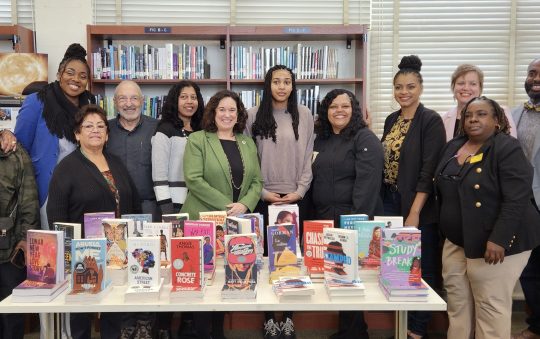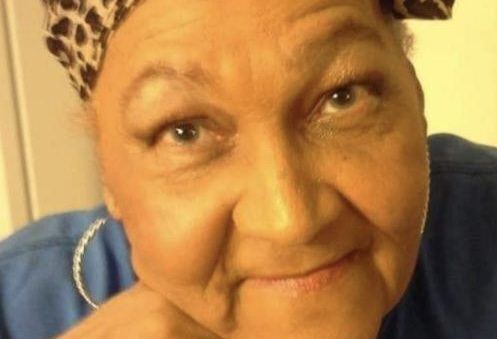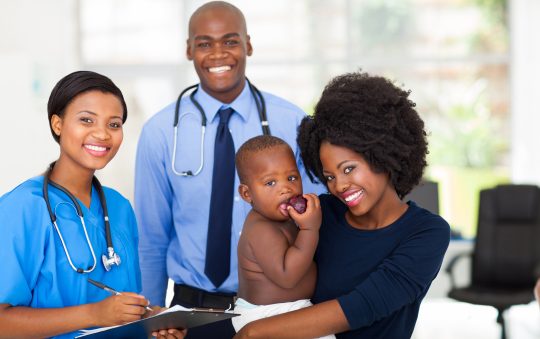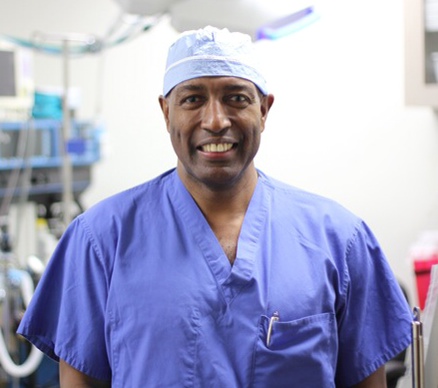
Gena Smith-Woods, a registered nurse with Cedars-Sinai, worked as one of the front-line professionals administering the COVID-19 vaccine to healthcare staff and community members. She recalled how honored she was to take part in the Southern California non-profit hospital’s first drive-thru clinic at Beverly Grove, supporting the community vulnerable to the Coronavirus.
It was more than just giving a vaccine; some community members arrived at the clinic with questions and fears. Smith-Woods was there along with other medical professionals dispelling confusion and providing a safe and comfortable environment.
“I even had a person who was so scared, she literally was crying,” Smith-Woods said. “We were there with her. We guided her through and after she got her vaccination, she said I feel so much better and I feel protected. And she drove off and she was just in tears of joy.”
At the heart of Cedars-Sinai’s efforts by their medical staff to distribute the vaccine is a sense of connection with those who are in their care. They encourage community engagement by partnering with local organizations and entities like churches and the Los Angeles Unified School District. In a time where misinformation and misconceptions about the vaccine are high, they aim to help people make the decision to take the vaccine by meeting people where they are.
According to a nationwide Kaiser Family Foundation survey released in December 2020, 35 percent of Black adults reported they definitely or probably would not get the vaccine. About half of them cited that the main reason they don’t want to receive the vaccine is that they don’t trust it in general. This distrust derives not only from the composition of the vaccine, but also a general distrust of American Healthcare.
Dr. Stacy Tarradath, the division chief of Urgent Care at Cedars-Sinai Medical Group, recalled hearing people in and outside of work reference the Tuskegee experiments when articulating why the African American community is hesitant to receive the vaccine.
“You will continually hear about those experiments and why the Black community will choose not to get a lot of vaccines; to be honest, because of their weariness of being quote-on-quote ‘tested on,’” Dr. Tarradath said.
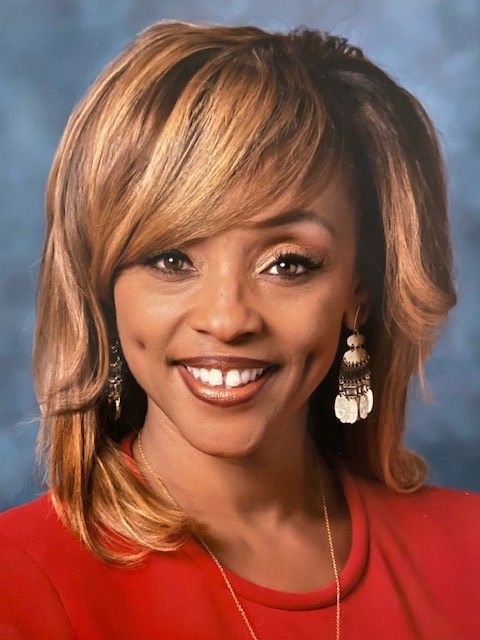
Most of the time, all that is needed to alleviate these concerns is to provide information to the questions patients have. Dr. Calvin “Cory” Johnson, a professor of Anesthesia and member of the COVID ICU Line Team at Cedars-Sinai, explained that the first step is to acknowledge and validate their fears.
“And there’s some truth as to why they feel that way,” Dr. Johnson said. “You have to acknowledge; yes, I can understand how you might feel that way. Yes, things like that have happened in the past. However, this is how it’s different. The focus here is to protect your health; [there’s] no other agenda, no other motive.”
Both Dr. Tarradath and Smith-Woods hold the same sentiment, ensuring that the patients they interact with feel safe and informed through open dialogue.
“I think unpacking those conversations in an open dialogue, and being an African American myself — I think it was sharing my narrative,” Smith-Woods said. “My experience in having those vulnerable conversations really started to unpack the fear, where you were able to move with the facts of the knowledge, and all of the research that went into it.”
She explained that the conversations should always come from a place of empathy. As she learns more about each patient’s concerns, she peels back the layers of questions and fears she witnesses as they feel safer in getting the vaccine.
These connections are particularly important when getting the vaccine to the Black and Latinx communities. According to a study by Health Affairs published in November 2020, Black and Hispanic people are three times more likely to screen positive for COVID-19 and two times more likely to be hospitalized than White people. Even though Black and Latinx families are heavily impacted by the coronavirus, CDC reported that about two-thirds of those that received at least one dose of the vaccine as of March 21 were White.
Dr. Johnson sees these trends heavily impacted by socioeconomic class. He believes that those most affected by COVID-19 are people who don’t have fair access to healthcare and those who don’t get the vaccine also have logistical obstacles in the way. These obstacles include getting time off of work and finding someone to babysit their children so the parent can get the vaccine.
“I think that we have to bring the vaccine to those communities,” Dr. Johnson said. “We’ve got to make it so that we bring the mountain to the people, not the other way around.”
For Dr. Johnson, it’s a group effort between him and the patient.
“I want them to feel that I’m partnering with them,” he said. “We’re in this together. The same vaccine that they’re going to get is the same one that I got and it’s okay to be afraid.”
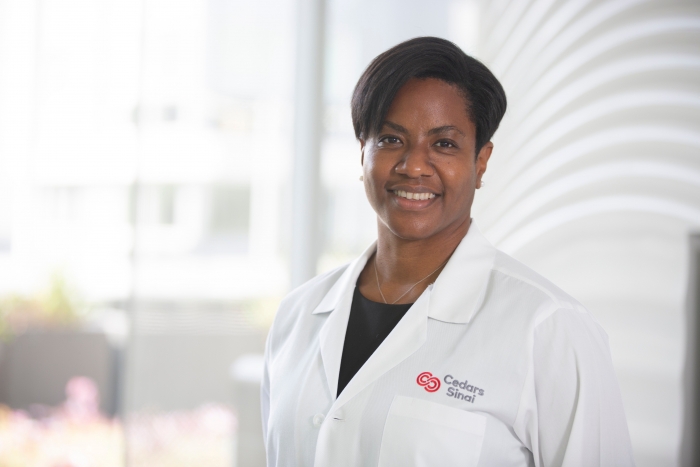
Dr. Tarradath believes some of the fear comes from how quickly the pandemic is moving. Within a year, the U.S. has experienced a surge of cases across major cities and the introduction of three vaccines. She noticed that people had concerns about if it was safe, but she reassured people that elements like the mRNA technology in the Pfizer and Moderna vaccines had been studied before the pandemic. FDA granted Emergency Use Authorization to the vaccines and pushed along its research and clinical trials to get it to the public. Part of the emergency use is closely monitoring its performance during its rollout.
“I also try to explain to them that there is some unknown; that’s a fact,” Dr. Tarradath said. “And we have to acknowledge it. But, you know, once the vaccines were authorized, they didn’t stop monitoring for side effects or any problems that any individual may experience as a result of the vaccine. So, we’re still studying it.”
The monitoring process can be seen in the rollout of the Moderna vaccine. In January, California’s state epidemiologist told healthcare providers to stop using a batch of Moderna after a San Diego vaccine clinic displayed a high number of allergic reactions. However, upon examination of the cases, they found no scientific evidence that it was unsafe and resumed administering the batch a few days later.
Dr. Tarradath tells her patients that although the vaccines developed quickly, there was careful testing done to ensure it is safe with additional monitoring still in place to keep people protected and healthy.
She joined Cedars-Sinai only a few days before COVID-19 was declared a pandemic. Since then, she’s been part of the medical group
ensuring everyone is protected from the virus.

“From its onset, heads blazing, we were ready to go,” she said. “Even though it was so unknown to many of us, everyone was looking for information wherever they could find it, and make sure it was valid, and then brought it to the group to help us make sure [that] everyone was protected.”
Along with the rest of the team, she pushed through the ups and downs of COVID-19 in Los Angeles. The introduction of the vaccines provided optimism in the development of the pandemic.
“I think the approval of the Pfizer vaccine by the FDA; the emergency approval was where we started seeing the light at the end of the tunnel,” Dr. Tarradath said.
Now the goal is to get people vaccinated, especially those heavily impacted by COVID-19. To reach herd immunity, Dr. Tarradath believes efforts need to be made in community engagement, such as sharing articles like this one. Smith-Woods also reiterated that herd immunity isn’t only achieved through vaccinations, but also through continual precautionary measures like washing hands and wearing a mask. It’s a community effort to get to a potential end of the pandemic.
“I think the biggest thing of the takeaway is that through this pandemic, it has been quite tragic, but in that there’s also been beauty that I think we’ve all banded together as a community and as people around the world to do what is needed for others,” Smith-Woods said. “I feel very honored to be a part of this time in history that people in the midst of tragedy, there has been joy and hope.
If you have questions regarding the vaccine, feel free to reach out to Dr. Calvin “Cory” Johnson at the following email address he created to connect to readers and the community: [email protected]




